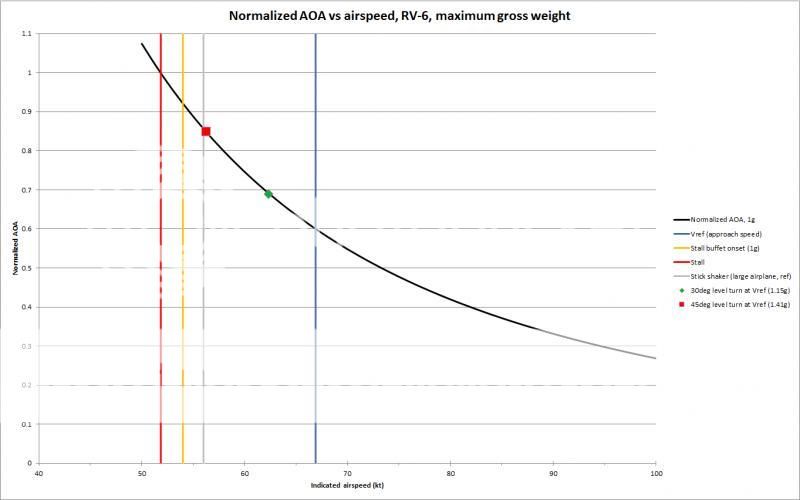Hello all,
I'm thinking of building an audio annunciator kind of like the P2 but modern and better (theirs was designed in the mid-90s). Would there be any interest in this kind of thing? It would annunciate:
* Overspeed
* Underspeed (e.g. climbing at < Vx, too slow on base to final, etc)
* An analog "slow horn" increasing in volume as you get closer to stall speed (say, Vs to Vs+10kts)
* Low oil pressure
* Low vacuum (for gyros, etc)
* Hobbs output to track time in service instead of tach time (which gets you lower hours for longer overhaul intervals)
The underspeed and graduated stall warnings are the most useful I think. Stall horns on most aircraft tell you when you're already in a stall, which is just a bit too late in most cases when you're really in a dangerous spot (e.g. base to final turns).
All these speeds would have parameters you could set via USB, enable/disable them, etc.
It would be designed to DO-160 and DO-254 standards for possible later STC certification, so it won't be a bare PCB with ribbon cable, etc.
Any thoughts? Do you guys/gals see a place for this in the experimental market?
Thanks,
Ray
I'm thinking of building an audio annunciator kind of like the P2 but modern and better (theirs was designed in the mid-90s). Would there be any interest in this kind of thing? It would annunciate:
* Overspeed
* Underspeed (e.g. climbing at < Vx, too slow on base to final, etc)
* An analog "slow horn" increasing in volume as you get closer to stall speed (say, Vs to Vs+10kts)
* Low oil pressure
* Low vacuum (for gyros, etc)
* Hobbs output to track time in service instead of tach time (which gets you lower hours for longer overhaul intervals)
The underspeed and graduated stall warnings are the most useful I think. Stall horns on most aircraft tell you when you're already in a stall, which is just a bit too late in most cases when you're really in a dangerous spot (e.g. base to final turns).
All these speeds would have parameters you could set via USB, enable/disable them, etc.
It would be designed to DO-160 and DO-254 standards for possible later STC certification, so it won't be a bare PCB with ribbon cable, etc.
Any thoughts? Do you guys/gals see a place for this in the experimental market?
Thanks,
Ray





